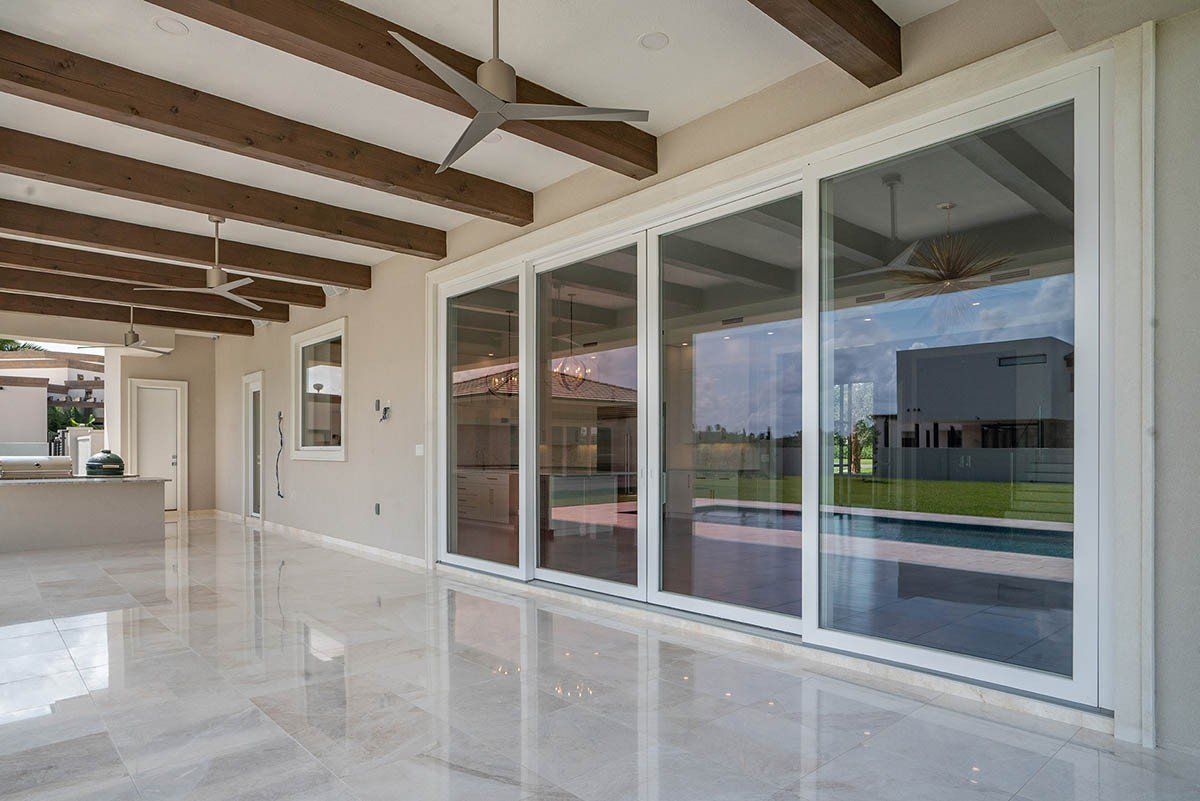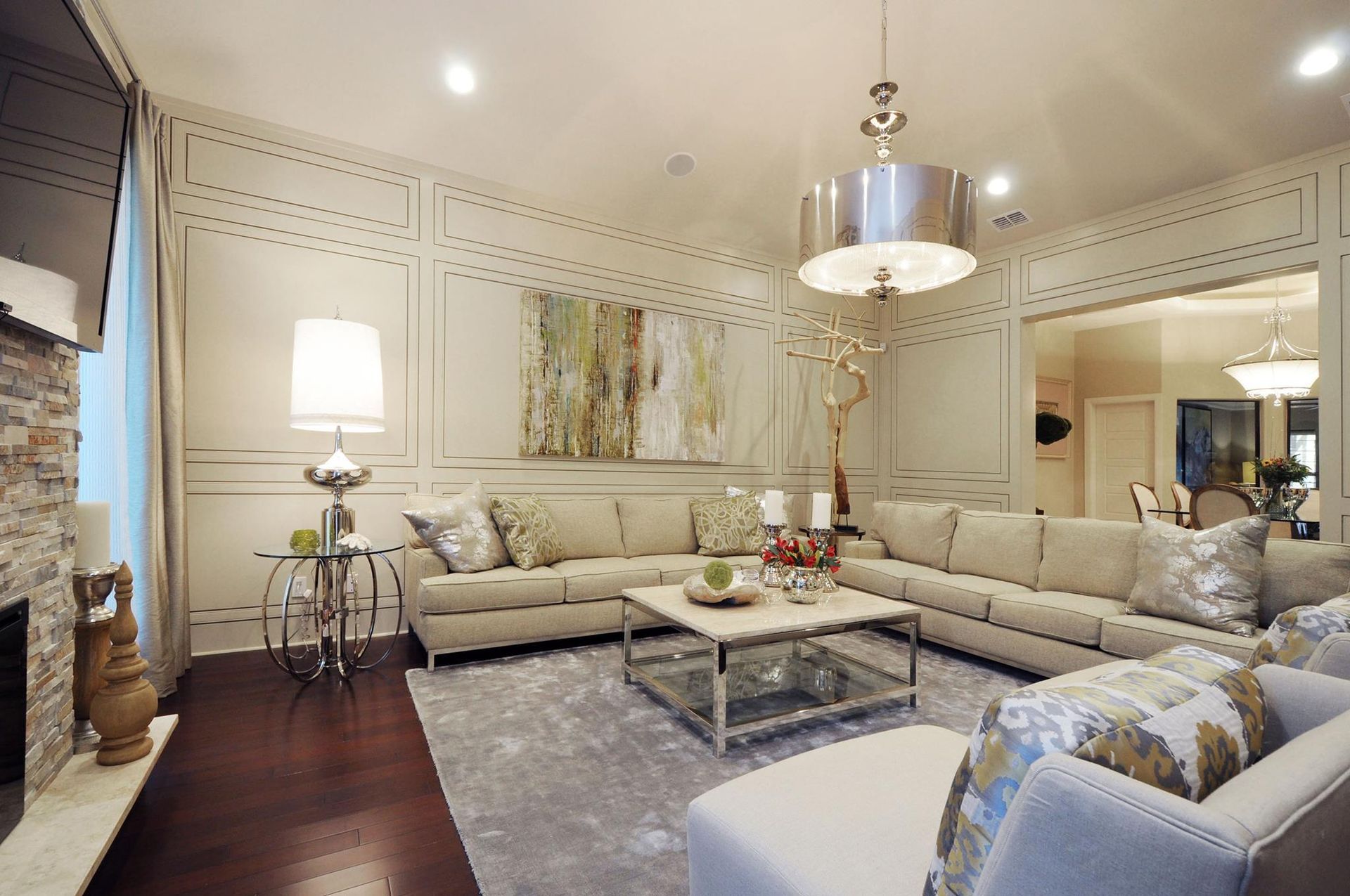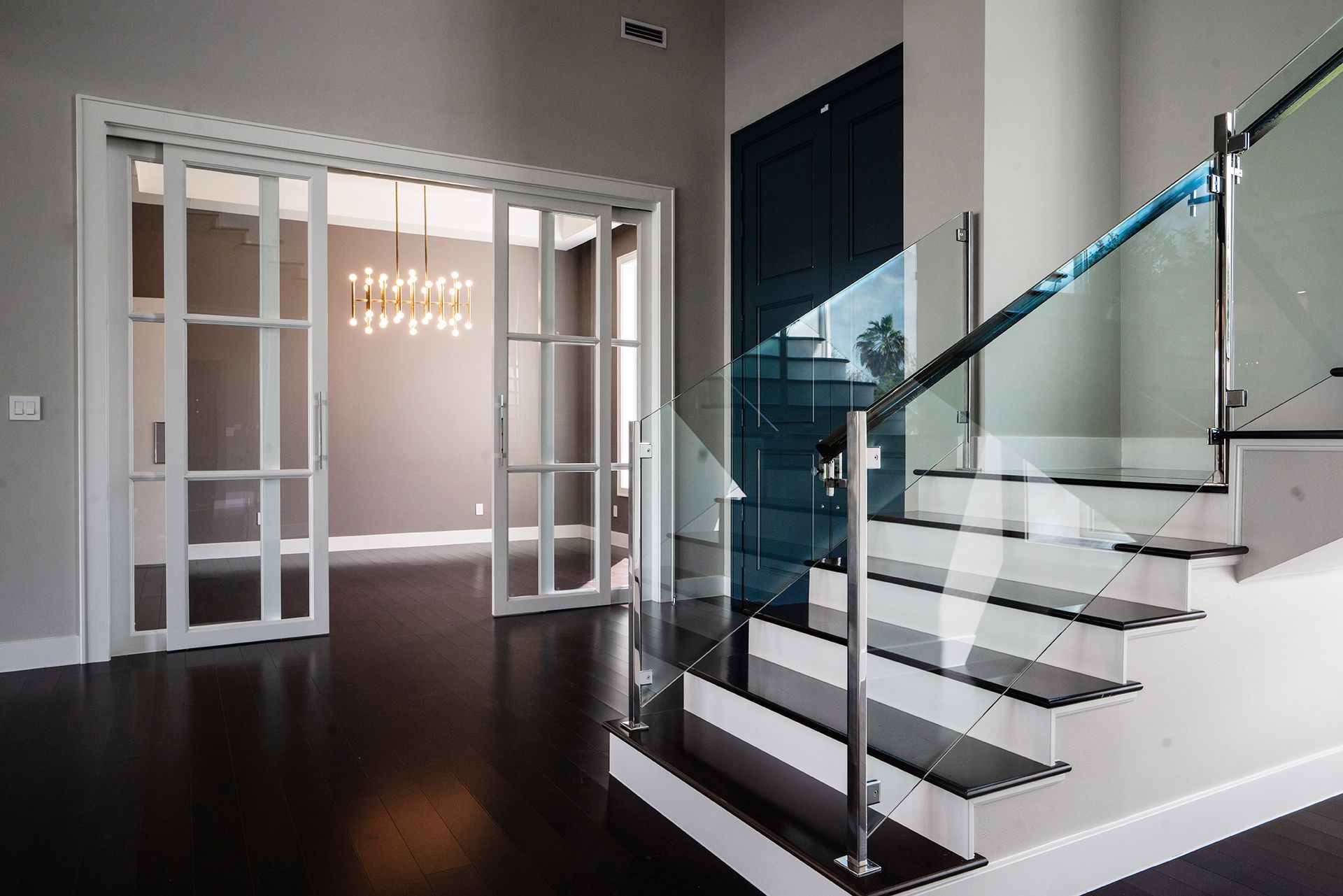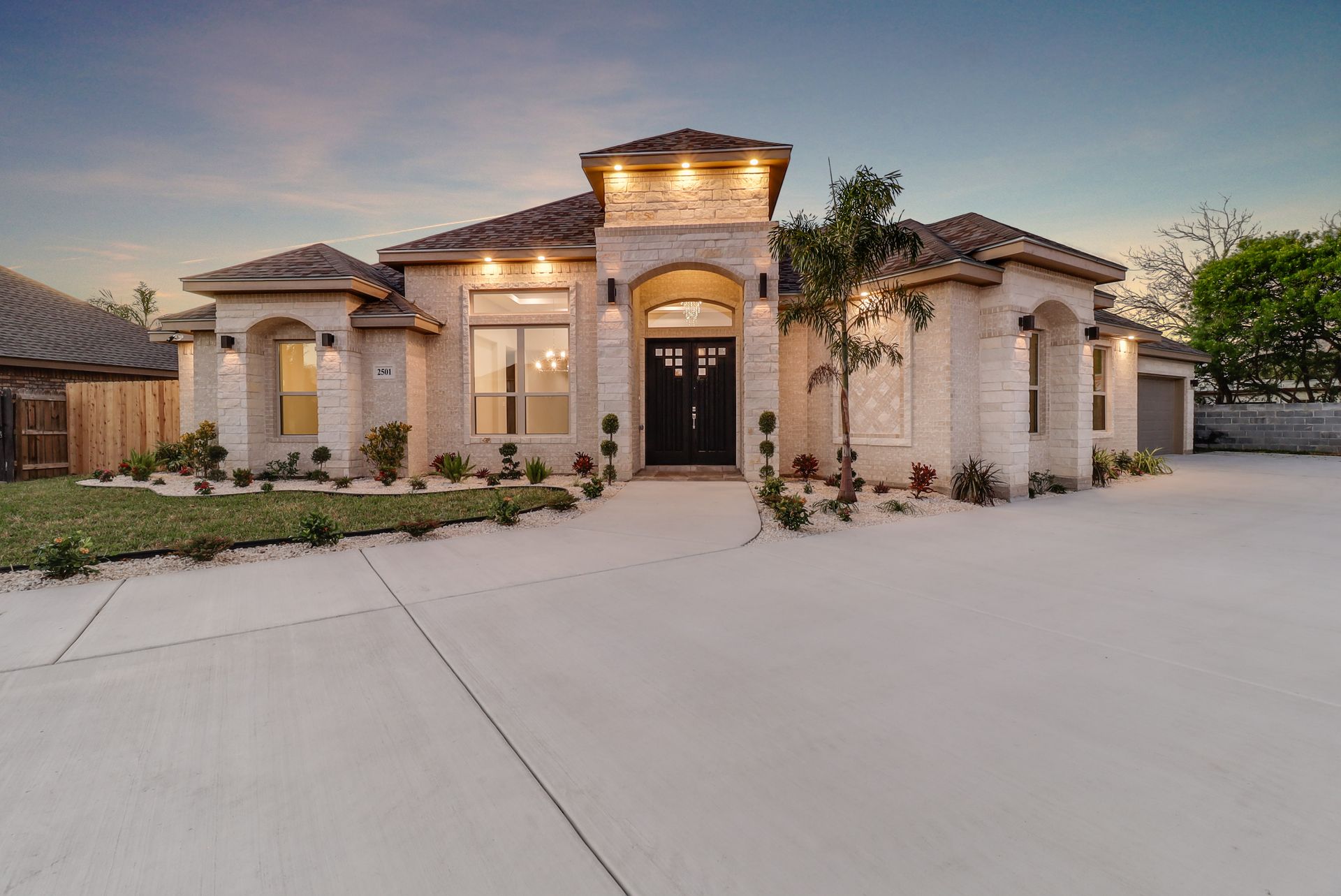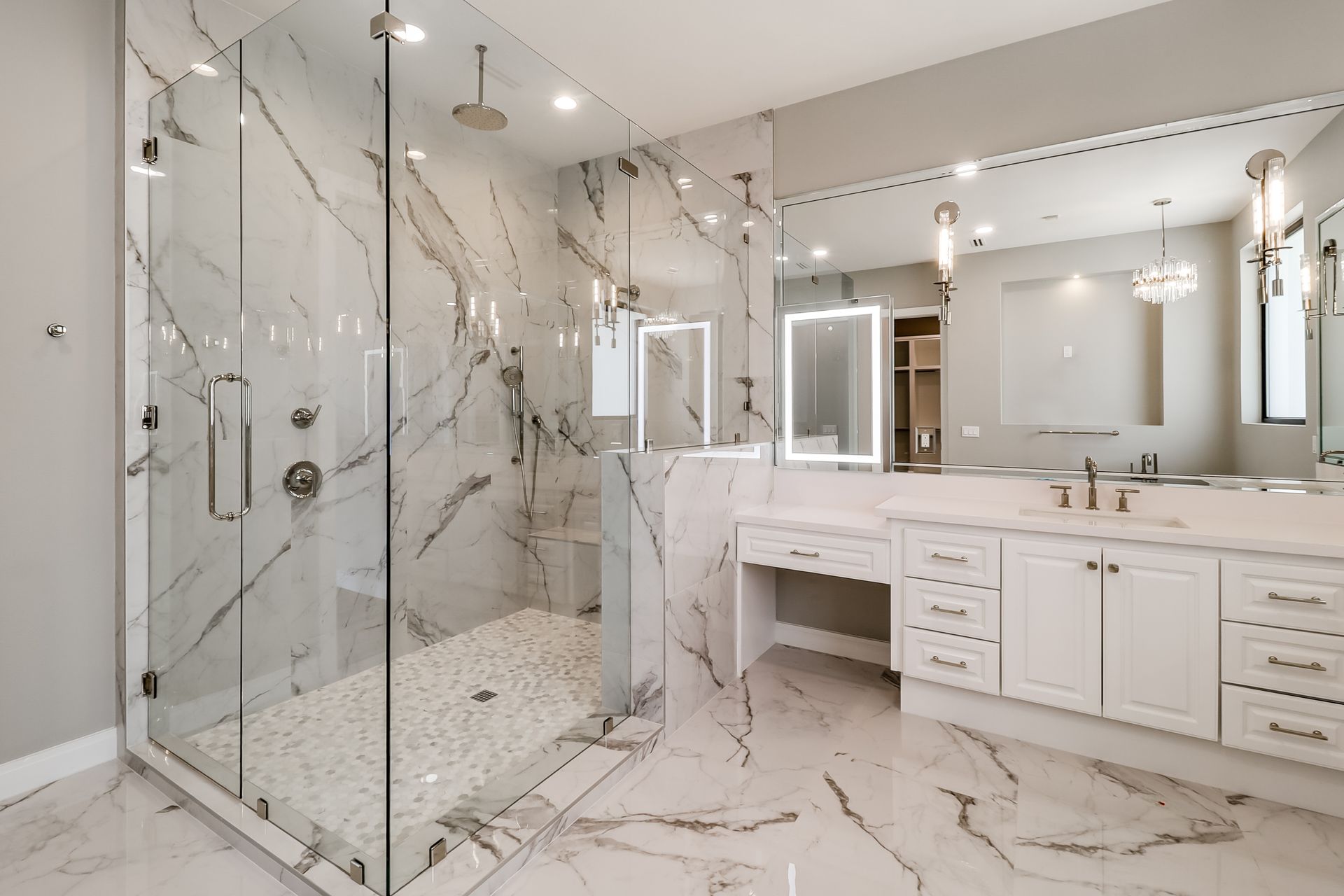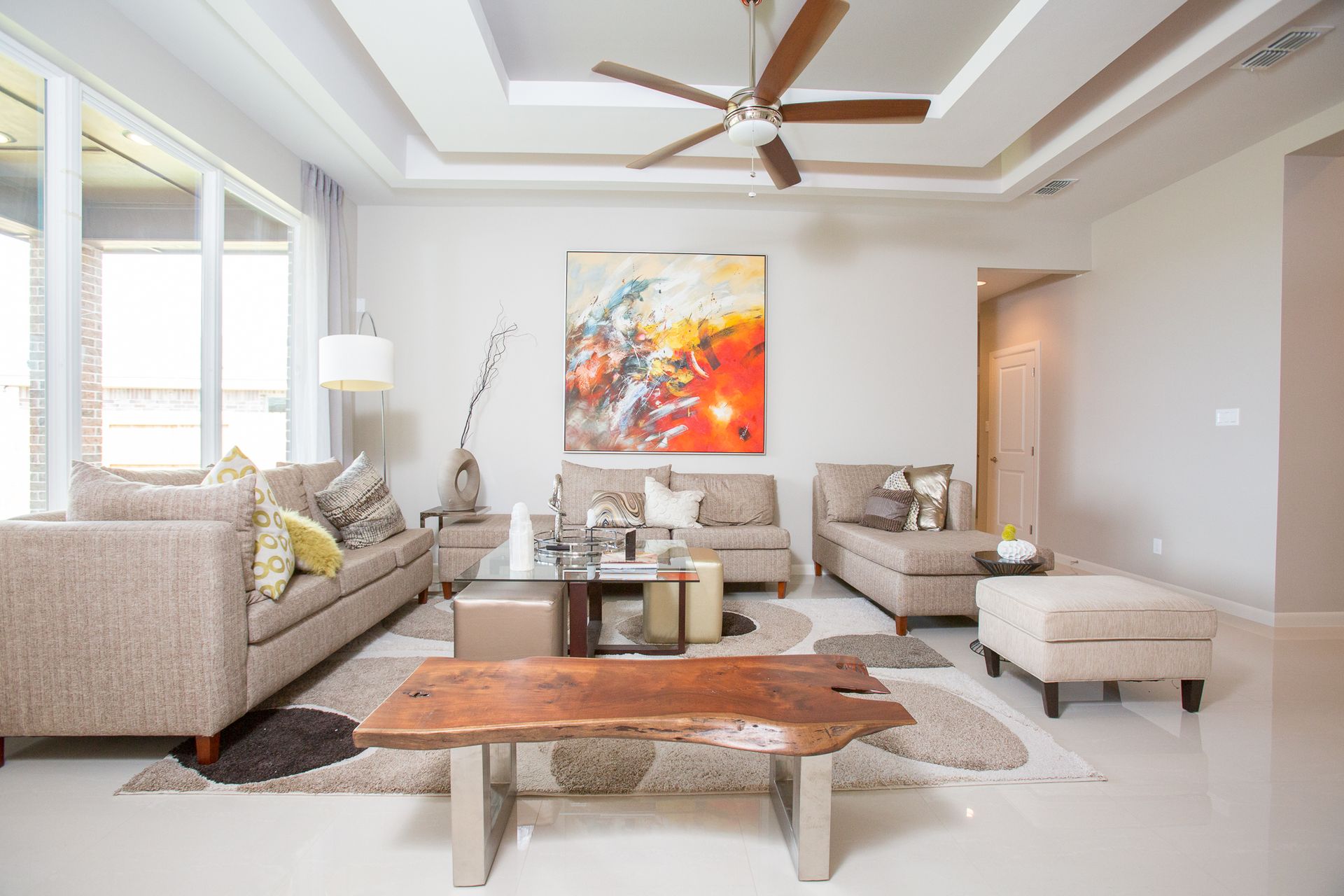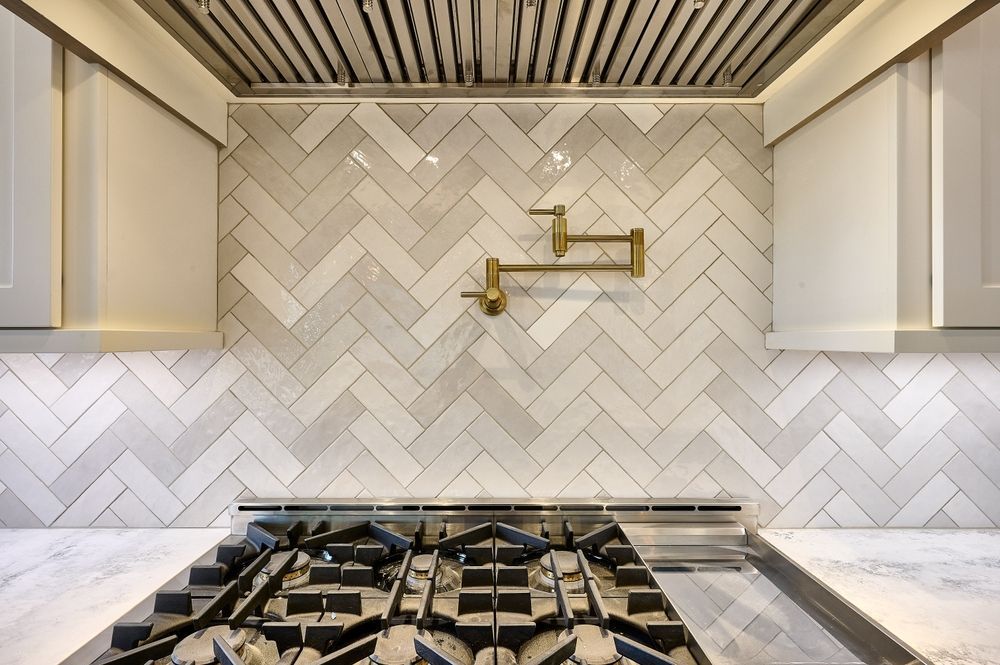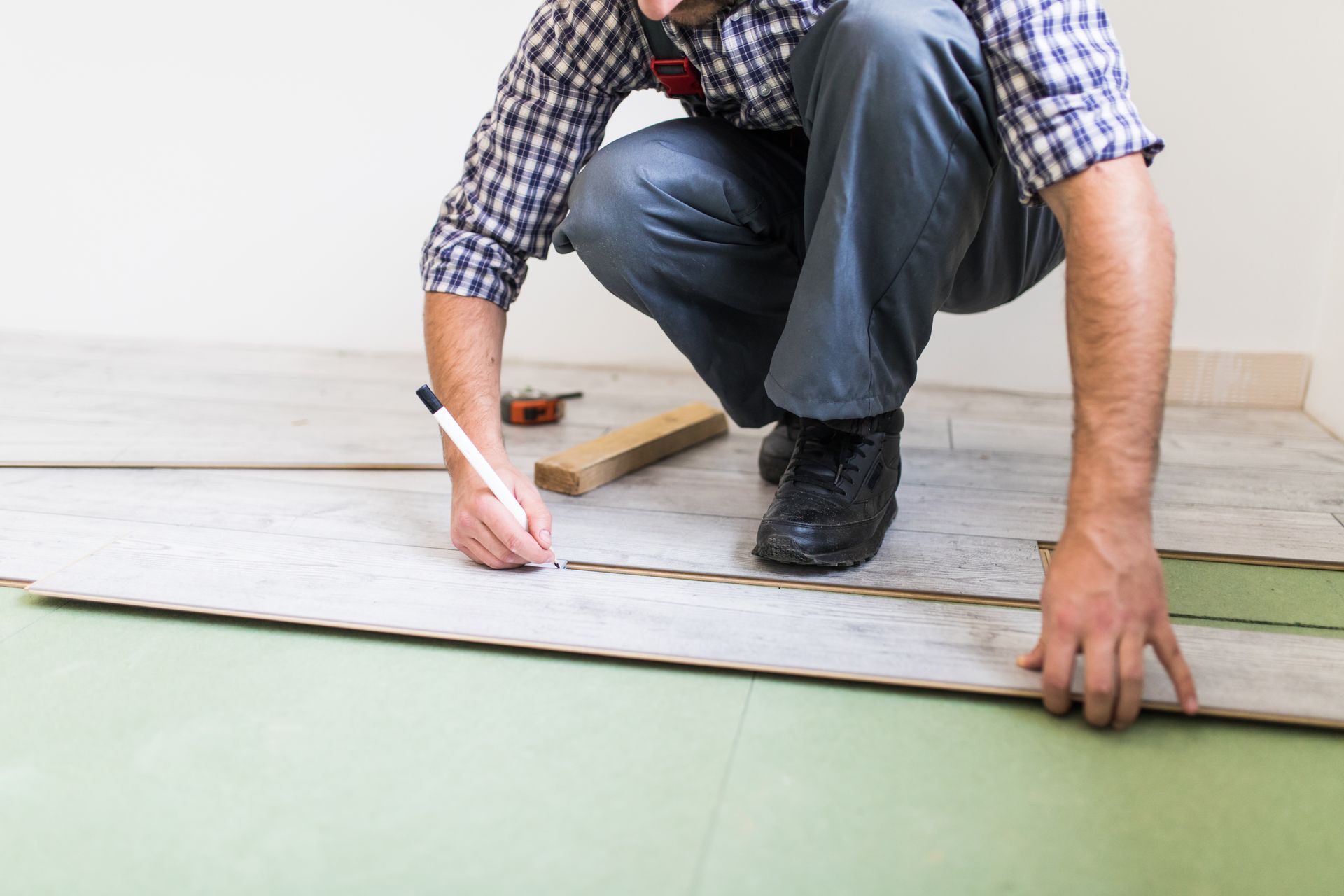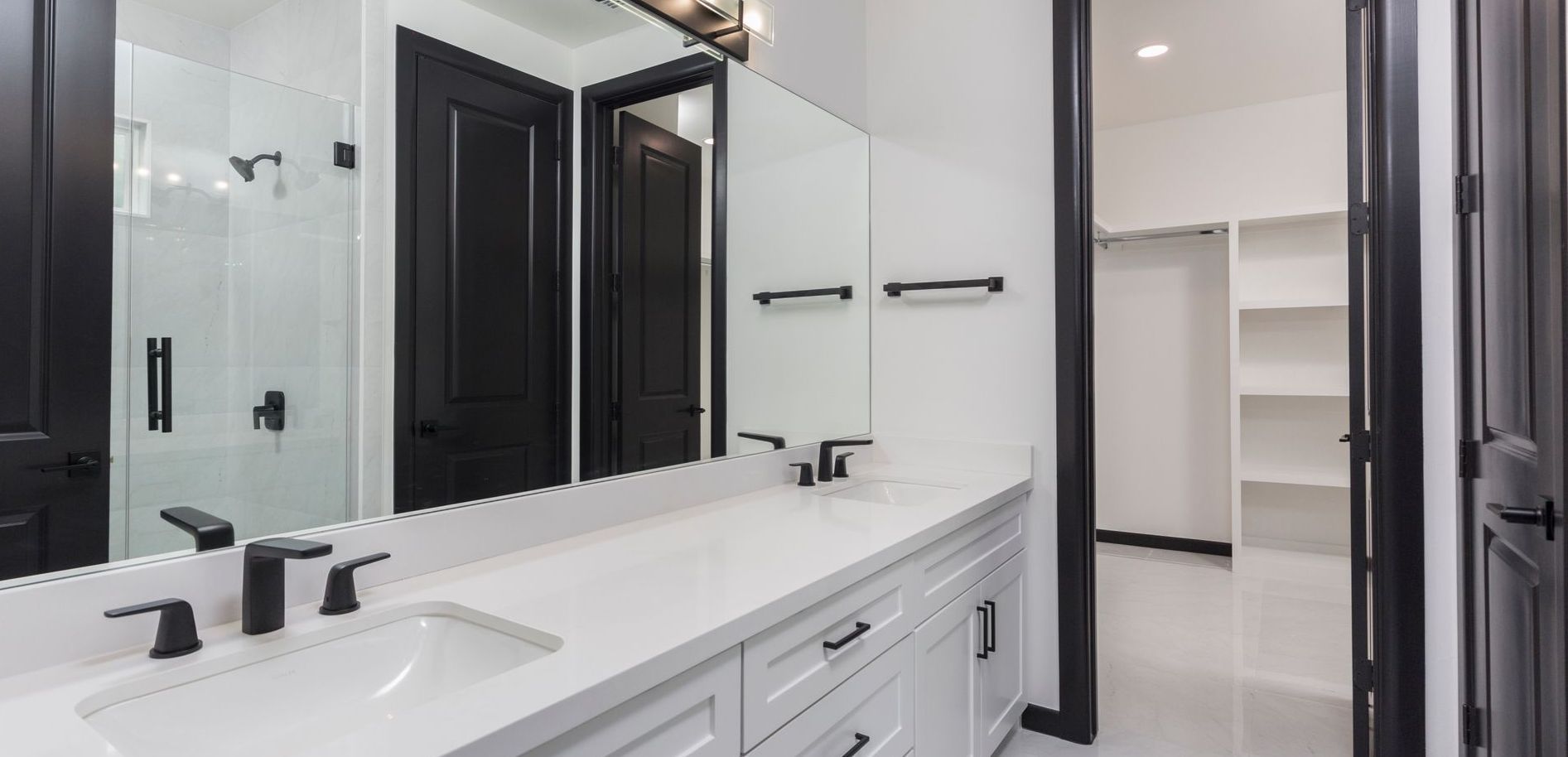(956) 540 5557
What is a Passive House? Energy efficiency home
What is a Passive House? Energy efficiency home
When it comes to saving money and energy efficiency, a Passive House is the way to go.
Energy efficiency has been around for a while, but the Passive House concept takes it to the next level by using an unusually high standard of thermal insulation, airtightness, and windows.
The idea behind Passive House is to use as little energy for heating, cooling and general energy demand as possible, and the results are impressive — So let’s take a look at what Passive House is and how it works.
- What are Passive Houses?
- How Does a Passive House Save Energy costs?
- Are There Any Disadvantages to Living in a Passive House?
- The Benefits of Passive House Living
- Passive houses in Texas
- How Do Passive House Guidelines Apply In Texas?
- Case Study: How A Texas Passive House Survived the 2021 Deep Freeze
- Conclusion
What are Passive Houses?
In recent years, the “passive house” concept has become more and more prevalent in the North American residential construction industry. So, what exactly is a passive house? A passive house is a highly energy-efficient dwelling that maintains comfortable indoor temperatures year-round with little or no active heating or cooling systems. In other words, a passive house uses very little energy to maintain a comfortable indoor environment, making it an environmentally friendly and cost-effective option for homebuyers.
All of these features combine to create a home that is extremely energy-efficient and eco-friendly. But what are the benefits of living in a passive house? How do they work? Let’s learn more about it.
How Does a Passive House Save Energy costs?
Passive house buildings are built with very thick walls, high-quality insulation, passive house components, energy efficient appliances and it can include a renewable energy supply. This prevents heat from escaping in the winter and keeps the home cool in the summer. The windows are triple-glazed and specially sealed to prevent drafts. The ventilation system is designed to bring fresh air into the home while simultaneously exhausting stale air. This allows the home to be well-ventilated while helping you conserve energy inside your home.
Passive solar heating is used to generate heating energy for the home in the winter. This is accomplished by strategically placing windows to maximize sunlight exposure. In the summer, passive cooling techniques are used to keep the home cool. This can be done in a number of ways, such as using cross-ventilation or planting trees in certain ways to provide shade.
A passive house is a highly efficient dwelling that uses very little energy to maintain a comfortable indoor environment, making it an environmentally friendly and cost-effective option for homebuyers and passive house residents.
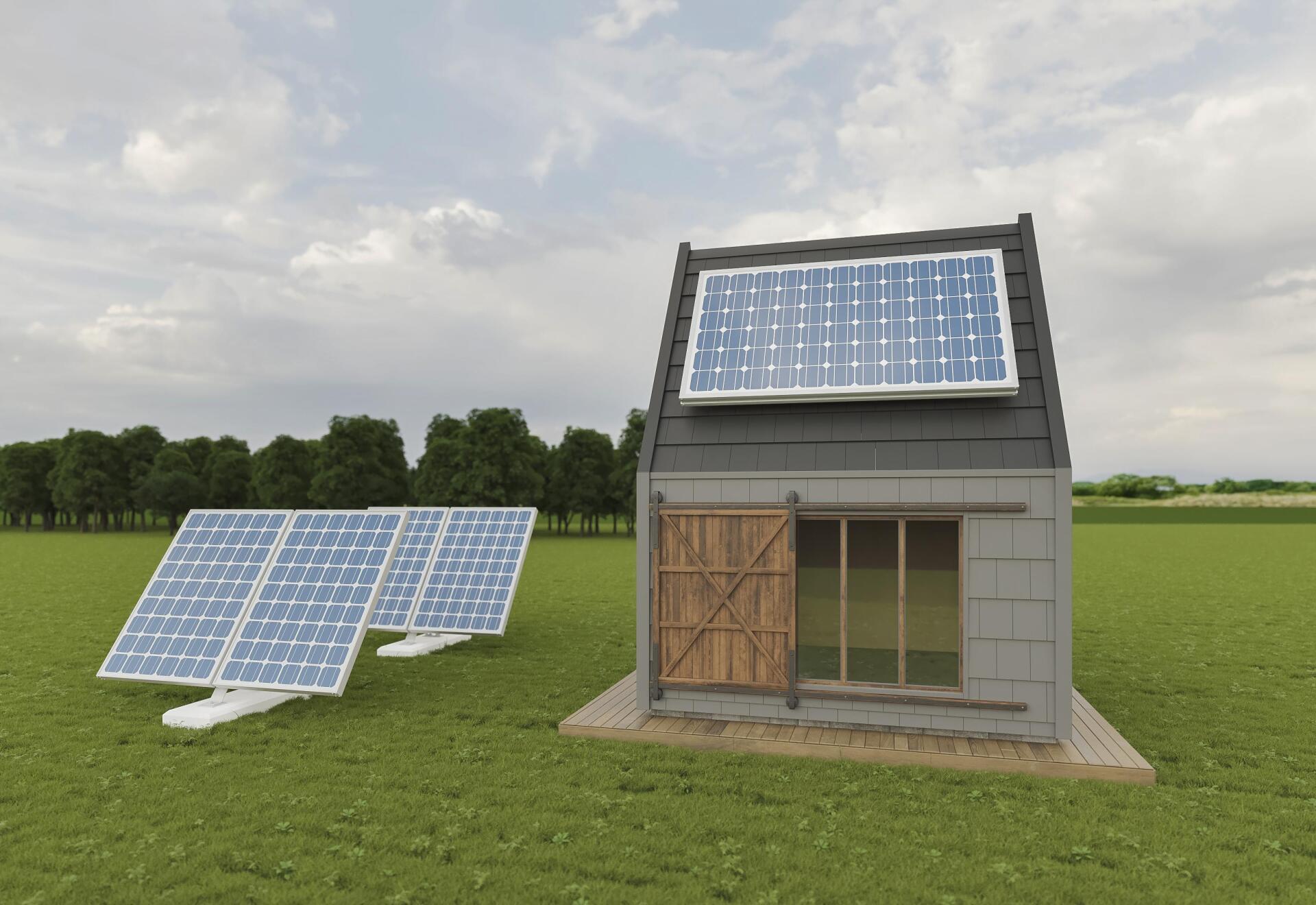
The passive house standard is so effective that a passive house uses up to 90% less energy for heating and cooling than a traditional home. This makes passive houses extremely energy-efficient and eco-friendly. In fact, passive houses are so energy-efficient that some homes can actually be considered net-zero energy buildings, meaning that they produce as much energy as they consume.
Renewable energy resources can be used to help power a passive house and make it even more sustainable. Solar panels, wind turbines, and geothermal systems are all renewable energy sources that can be used to power a passive house.
A passive house construction is a great option for those looking to save money on their energy bill and do their part for the environment.
Are There Any Disadvantages to Living in a Passive House?
The only potential downside to living in a Passive House is the upfront cost. Because of the high-quality materials and extra attention to detail required, building a Passive House can be 20% – 30% more expensive than building a standard home. However, this cost is quickly made up for by the money saved on utility bills over time.
According to Energy Star,
the average American household spends $2,060 a year on energy bills. However, a Passive House can reduce this number by up to 90%. In the long run, a Passive House will save you a significant amount of money on your energy bills.
Passive energy buildings can also add value to your home. Because they are so energy-efficient, Passive Houses often sell for a higher price per square foot than traditional homes.
The Benefits of Passive House Living
There are many benefits associated with living in a passive house. The benefits of designing and building a Passive House are numerous. Here are just a few:
- Long term investment: because they use so little energy, passive houses are much cheaper to operate than traditional homes. In fact, it’s not uncommon for passive house owners to see their energy bills drop by 50% or more after making the switch! Even when their construction costs are factored in, passive houses typically have a payback period of 10 years or less.
- Increased comfort: A Passive House is designed to maintain a comfortable indoor temperature range year-round without the use of active heating or cooling systems. This results in reduced drafts, noise, and dust intrusion.
- Lower energy bills: Because energy consumption is lower for heating and cooling, Passive Houses can save homeowners hundreds of dollars per year on utility bills. In some cases, the utility bill savings can cover the additional upfront cost of constructing a Passive House.
- Reduced environmental impact: By using less energy, Passive Houses have a smaller environmental footprint than traditional homes. In fact, over its lifetime, a typical Passive House will save as much carbon dioxide from being emitted into the atmosphere as 10 average cars do in an entire year!
- Better indoor air quality: The ventilation system in a Passive House continuously brings fresh, filtered air into the home while exhausting stale air. This helps to improve indoor air quality and reduce the risk of sick building syndrome.
- Quieter living environment: Because they are so well insulated and airtight, passive houses are much quieter than traditional homes. The thick walls and special windows in a Passive House help to reduce noise pollution from outside traffic, construction, etc.
Passive houses in Texas
As you have read, there are many benefits to building and living in a Passive House. But you might be wondering, “Can a Passive House be built in Texas?” The answer is YES! In fact, there are already several Passive Houses in Texas.
However, some guidelines must be followed in order to meet the Passive House standard. These guidelines vary depending on the project type, size, and location.
How Do Passive House Guidelines Apply In Texas?
The first step in designing a Passive House is to establish the project type, size, and location. The climate zone must also be determined in order to apply the correct Passive House guidelines.
After the project type, size, location, and climate zone have been determined, the next step is to select the appropriate Passive House guidelines. There are two main sets of Passive House guidelines: the thermal performance standard and the airtightness standard.
- The thermal performance standard is used to determine the minimum insulation levels and maximum window area for a Passive House. This standard varies depending on the climate zone. Passive House guidelines offer routes to lower your heating and cooling demands during peak conditions and total annual consumption.
- The airtightness standard is used to determine the maximum allowable air leakage for a Passive House. This standard is the same for all climate zones and is more stringent than the airtightness requirements for most building codes.
In order to meet the Passive House standard, both the thermal performance and airtightness standards must be met. According to the Passive House Institute, a building can only be called a Passive House if it meets the criteria of both standards.
Case Study: How A Texas Passive House Survived the 2021 Deep Freeze
According to an article written by Built with Rise in 2021, A Texas Passive House Survived the 2021 freeze. Thanks to its Triple-pane windows, R-30 continuous insulation, and electric appliances, the home was able to maintain a comfortable indoor temperature without any trouble. Conventional buildings and traditional water heaters in Texas were not so lucky. Many buildings across the state suffered from burst pipes and water damage due to the freezing temperatures.
This house is a great example of how well Passive Houses can perform in extreme weather conditions. The home’s occupants were able to ride out the storm without any problems, while many other Texans were left without power or water.
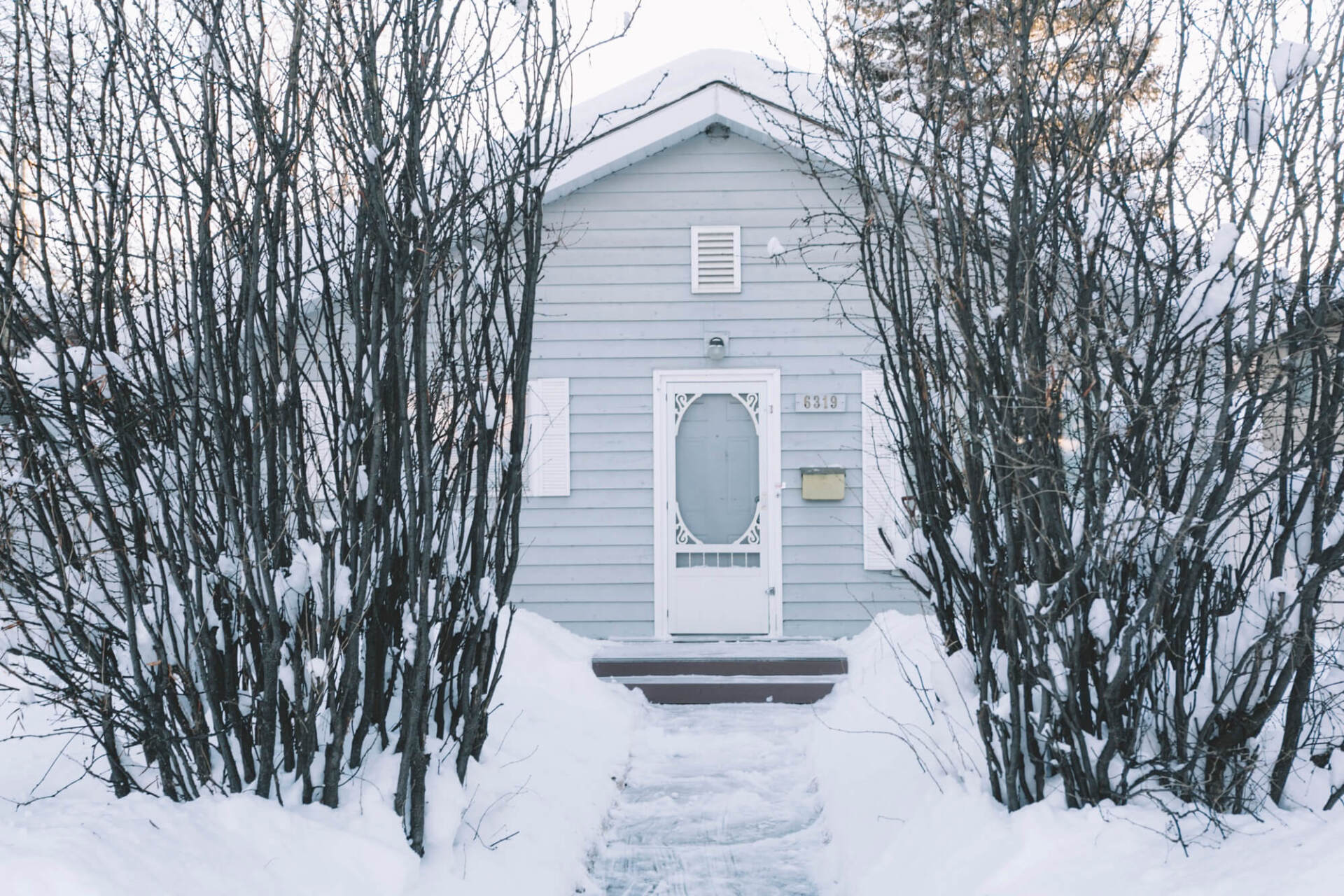
This case study shows that Passive Houses are indeed durable and can withstand extreme weather conditions. Not only did the Passive House in Texas survive the 2021 deep freeze, but it also did so without any major problems. This is a clear indication that Passive House construction methods are sound and that the Passive House standard is a viable option for building in Texas.
Conclusion
If you’re interested in reducing your carbon footprint, saving money on your energy bills, and living in a quiet and comfortable home, then a passive house may be right for you! If you think a passive house can work in your climate zone, then check out the Passive House Institute’s website to find more information and guidelines.
However, if you want to start with cost savings and comfort, you may not need to meet the full Passive House standard to start saving money and electricity!
At
Brito Construction, we want to help you save money, so you can live a comfortable life without harming the environment. That's why we are Built to Save certified!
If you're interested in learning more about how we can help you,
contact our building professionals today! We can help you find your dream home that's both comfortable and sustainable.



